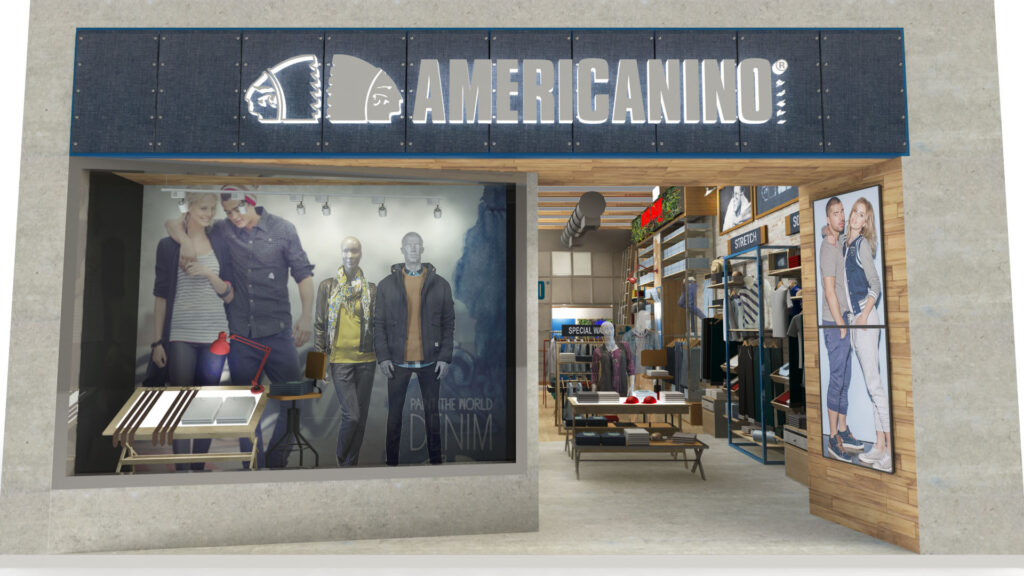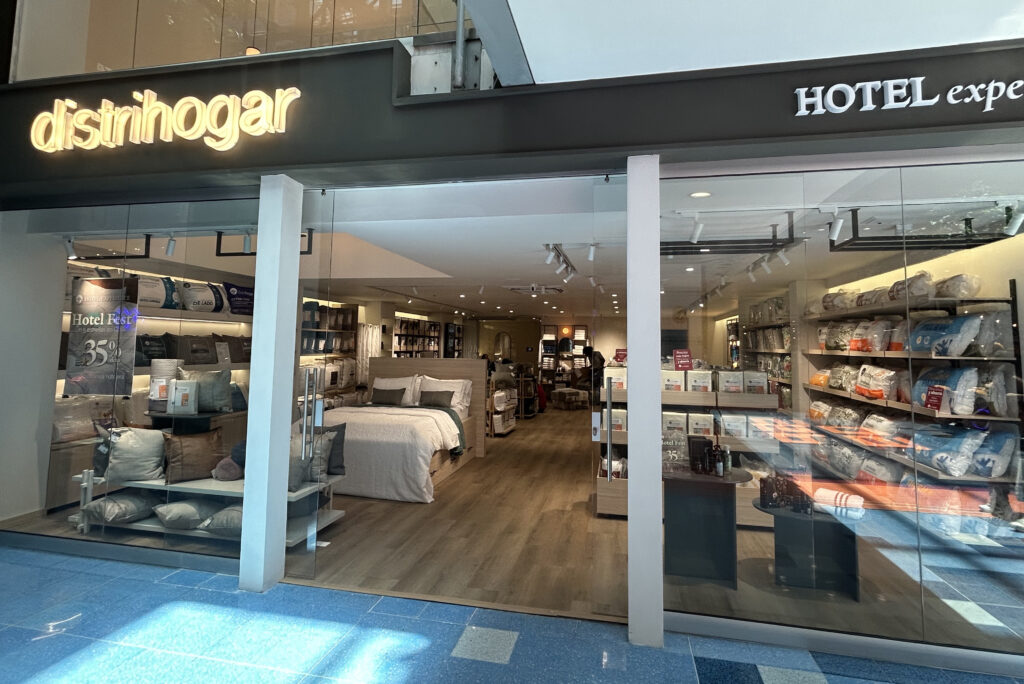A customer may enter your store out of curiosity, necessity, or even chance. But what will make them stay (or return) is the experience. And that experience begins with the space.
Commercial interior design is not just about decoration. It’s a strategic discipline that transforms physical environments into sales, branding, and loyalty tools, aligned with your brand’s values and business objectives.
Before we begin, we want to emphasize that the purpose of commercial interior design is to design a space where a product or service is offered or sold. This space should convey the brand’s values, connect with the customer, and immerse them in a memorable experience that generates recall, fosters loyalty, and facilitates the sale. In other words, commercial interior design responds to a structured strategy; unlike residential design, which focuses on personal tastes and needs.
Benefits of Commercial Interior Design
The strategic design of a commercial space provides multiple benefits:
- Boosts brand visibility and positioning.
- Improves navigation and customer experience.
- Increases average ticket sales and revenue.
- Generates memorability and loyalty.
For these benefits to materialize, it takes more than good taste: it requires a user-centered, data-driven design strategy, as we explore in our article on UX/UI applied to conversion.
Keys to a successful commercial design
Before designing any commercial space, it’s essential to define a clear strategy that determines what you want to achieve with the environment and how this contributes to your business objectives. With this clarity, you can address the following aspects with discretion:
1. Consistency with Brand Identity
The space should reflect the brand’s values, tone, and personality. This is achieved through:
- Corporate color palettes.
- Materials and textures aligned with the brand’s storytelling.
- Integrated graphic language, lighting, and furniture.
Example of Branding Applied to Space
In our project for Americanino, for example, the use of denim as a central element achieved coherence between product, space, and emotion, as you can see in our guide to creating memorable spaces with purpose.

Facade design for Americanino. Designed by Blaster.
2. Route, Functionality and Experience
Good design guides the customer smoothly:
- Strategic distribution of hot and cold zones.
- Avoid friction and congestion points.
- Well-positioned displays designed for shopper behavior.
Furthermore, combining interior design principles with current UX/UI trends creates a holistic experience. Learn how to achieve this in this analysis of UX/UI trends and artificial intelligence in retail.
3. Lighting as an Emotional Element
Light not only illuminates, it also communicates. It can direct attention, evoke sensations, and highlight key products. Recommended:
- Ambient lighting: creates comfort.
- Spot lighting: highlights areas of interest.
- Decorative lighting: reinforces brand aesthetics.
4. Materials, Textures and Sustainability
Materials carry emotions and messages. For example:
- Natural wood conveys warmth and closeness.
- Metal and glass generate modernity and sophistication.
- Recycled elements reinforce the commitment to sustainability.
This approach aligns with our eco-design proposals for a sustainable future.

5. Signage, Stimuli and Reminders
Including differentiating and functional elements enhances the experience:
- Clear signage (checkout, fitting rooms, exits).
- Instagrammable spaces.
- Multisensory experiences (sound, scent, touch).
Did you know that spaces with well-managed incentives can increase sales? Find out more in our article on neuroscience in retail spaces.
Psychology of Space and Consumer Behavior
Design can influence dwell time, mood, perception of value, and even the purchase decision. Some key principles:
- Warm colors create closeness.
- Open spaces encourage exploration.
- Cozy corners promote interaction.
Examples by type of business:
Retail: A notable case is the Distrihogar store in Medellín, where we integrated sensorial formats, an open layout, and technology. This experience was a real example of how commercial design drives innovation in retail, as we explain in this competitive strategy.

Facade design for Distrihogar. Designed by Blaster.
Common mistakes in commercial design (and how to avoid them)
Overloaded and incoherent spaces
Solution: Use a clear visual hierarchy and eliminate distracting elements.
Poorly planned lighting
Solution: Apply light layers and test in a real-life context.
Not thinking about the customer experience
Solution: Design based on real journeys, test with users, analyze heat maps.
To avoid these errors, we recommend integrating methodologies such as design thinking and continuous improvement techniques applied to service design.
Conclusion: Commercial Interior Design as a Strategic Investment
Commercial design isn’t an expense; it’s an investment in your brand, your sales, and your positioning. When a space connects emotionally with the user, it becomes a powerful tool for differentiation and growth.
At Blaster Design, we design spaces that captivate, sell, and communicate with intention.
Ready to transform your physical environment into an experience with identity?
👉 Contact us and let’s design a strategic space for your business together.